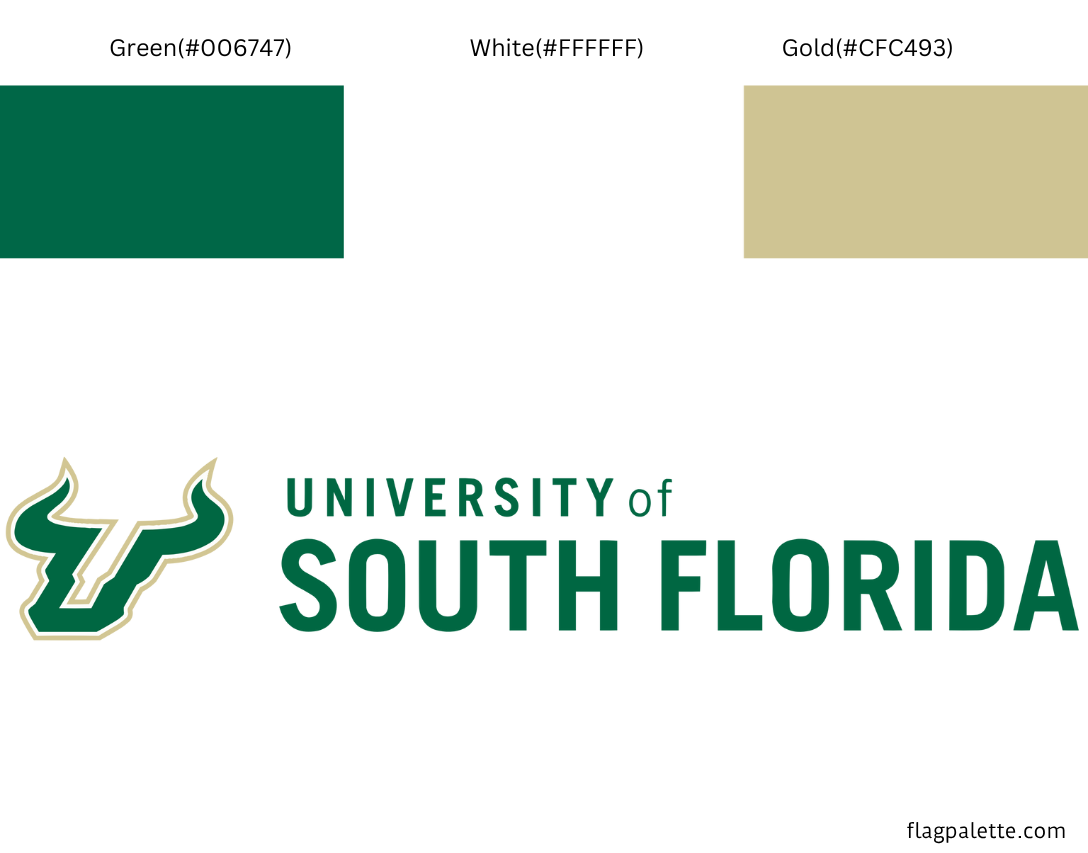Auburn Tigers Color Codes HEX, RGB, CMYK, HSL & HSV
Auburn Tigers have 2 colors in their flag which are Auburn Blue(#0C2340) and Auburn Orange(#E87722).
The Hex, RGB, CMYK, HSV, and HSL color codes are in the table below.
Auburn Tigers: Colors, Logo, Mascot, and History
The Auburn Tigers, representing Auburn University in Auburn, Alabama, are a prominent collegiate athletic program known for their distinctive colors, iconic logo, and spirited mascots. This article explores the significance of the Tigers’ colors, the evolution of their logo, their beloved mascots, and their rich history.
Team Colors and Their Meaning
The Auburn Tigers’ primary colors are burnt orange and navy blue. Each color holds specific significance:
Burnt Orange: Represents energy, enthusiasm, and the fiery spirit of the Tigers. Burnt orange is a vibrant and warm color that reflects the team’s dynamic and competitive nature.
Navy Blue: Signifies strength, trust, and tradition. Navy blue provides depth and contrast, underscoring the team’s commitment to excellence and their rich heritage.
These colors are prominently featured in the team’s uniforms, branding, and merchandise, creating a strong sense of identity and connection with the university community and fans.
Evolution of the Tigers’ Logo
The Auburn Tigers’ logo has evolved over the years, reflecting changes in design trends and branding strategies. Here’s a brief overview of its evolution:
Early Logos
In the early years, Auburn University used various simple designs, often featuring the letter “A” or a tiger image. These early logos were straightforward and functional.
1960s-1970s: The Interlocking “AU”
In the 1960s, Auburn introduced the interlocking “AU” logo, which became a defining symbol of the university. This design featured the letters “A” and “U” in a distinctive, intertwined format, set in navy blue and outlined in burnt orange. This logo quickly became synonymous with Auburn athletics and remains a central element of the brand today.
Modern Updates
Over the years, the interlocking “AU” logo has undergone various refinements, focusing on modernizing the design while retaining its core elements. The current logo is sleek and bold, emphasizing simplicity and tradition with a contemporary touch.
The Mascot: Aubie the Tiger
Aubie the Tiger is the beloved mascot of Auburn University. Created in 1979, Aubie has become an iconic figure at Auburn sporting events and university functions. Aubie is characterized by his playful demeanor, engaging personality, and tiger-striped costume, embodying the spirited and competitive nature of the Tigers.
Characteristics of Aubie:
Appearance: Aubie is depicted as an anthropomorphic tiger with distinctive orange and black stripes, large white eyes, and a friendly grin. He wears Auburn’s colors and athletic gear, reflecting the team’s identity.
Role: Aubie is a central figure at Auburn events, rallying fans, leading cheers, and engaging with the community. His presence symbolizes school spirit and pride.
History of Auburn Tigers
Founding and Early Years
Auburn University was established in 1856 as the East Alabama Male College. The school later became the Alabama Polytechnic Institute before adopting its current name in 1960. The Auburn Tigers nickname was inspired by the institution’s early sports teams, which adopted the fierce and regal tiger as their symbol.
Athletic Achievements
The Auburn Tigers have a rich history of athletic achievements across various sports, including football, basketball, baseball, and track and field. Notable achievements include:
Football: The Auburn Tigers football team is one of the most storied programs in college football history, with multiple conference championships and two national championships (1957 and 2010). The team plays home games at Jordan-Hare Stadium, a historic venue known for its electrifying atmosphere.
Basketball: The men’s and women’s basketball teams have also enjoyed success, with several NCAA tournament appearances and conference titles.
Baseball: Auburn’s baseball program has a strong tradition, with multiple College World Series appearances and numerous alumni who have gone on to successful Major League Baseball careers.
Recent Developments
In recent years, Auburn has continued to build on its legacy of athletic excellence, investing in state-of-the-art facilities and recruiting top talent. The university’s commitment to innovation and success is reflected in its athletic programs, which strive to compete at the highest levels.
